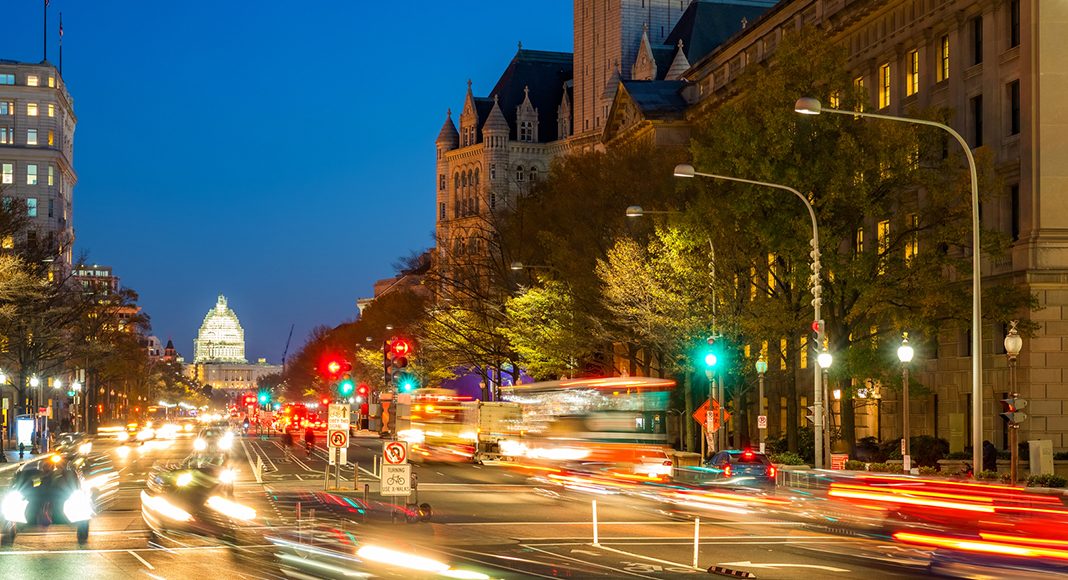Metropolitan areas can reduce their traffic fatality rate by up to 40 percent by encouraging higher public transportation usage, according to an analysis released by the American Public Transportation Association (APTA) and the Vision Zero Network.
The analysis, Public Transit is a Key Strategy in Advancing Vision Zero and Eliminating Traffic Fatalities, shows that metro areas with higher public transportation use have lower traffic fatality rates. Specifically, metro areas with frequent public transit use of more than 40 annual transit trips per capita, have up to 40 percent of the traffic fatality rate of metro areas with fewer than 20 transit trips per capita.
“One of the most powerful traffic safety tools a city can employ to eliminate deaths and injuries due to road traffic crashes is its public transportation system,” said APTA President and CEO Paul P. Skoutelas. “It takes just a modest increase in public transit use to result in a dramatic decrease in traffic fatalities.”
According to the analysis, just two additional public transport trips per month per capita can deliver significant traffic safety benefits.
“Every day 100 people die due to traffic crashes on America’s roads, and increasingly communities are committing to Vision Zero because they believe that everyone deserves to be safe on our streets,” said Leah Shahum, Founder and Director of the Vision Zero Network. “Investing in strong public transit systems helps communities improve safety for everyone on the roads. For too long, we have undervalued the significant safety benefits of robust public transit networks, so we look forward to stepping up cooperation to grow public transit and safety together.”
The analysis of this most recent data shows that, for individuals, public transportation continues to be one of the safest ways to travel. It is ten times safer per mile than traveling by car.
Public transport also benefits people who do not use it, and who are safe drivers, according to the analysis. That’s because it helps reduce the risk of being the victim of other drivers’ mistakes.



















